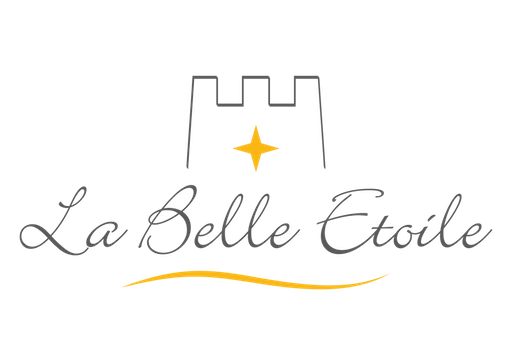How to buy product for a Fulfillment by Amazon (FBA) Business
/The ‘Fulfilment By Amazon’ (FBA) business model is gaining traction as more people discover the ease with which they can tap into Amazon’s immense market and consumer loyalty. As of January 2016, nearly half of all U.S. households had an Amazon Prime membership. There are many articles, online courses and podcasts dedicate to establishing this type of work-from-anywhere business. As sourcing professionals, our niche is perhaps the least-discussed aspect of this business model – the physical product.
This post gives some quick tips on how to find and buy the best products for your FBA business.
The ideal product for a FBA business will meet all of the following criteria:
1. Simplicity
To avoid headaches for yourself and minimize returns, choose a product that does not have a lot of components (especially electrical components) and which does not require an instruction manual to operate. It should be durable enough to withstand the multiple stages of shipping it will pass through en route to your customer. You should also find out if the product has any FDA requirements that might cause it to be held up in customs.
2. Lightweight and Small
Shipping costs will erode your profit margins, so be sure to select a product that will ship cheaply. Keep the packaging sturdy but simple and the overall size of the package as small as possible. A target weight of under 2 pounds is ideal.
3. No brand names in your category
There is little point competing in the same category as an established brand name with a large marketing budget and a well-oiled production system. Instead, look for areas in which a generic product can excel.
4. You can sell it for 4 times the cost price or higher
Keep in mind that access to the Amazon marketplace is not free. You will need to factor in shipping costs, seller and other fees into your margins. To test the potential profitability of a product, first find the average sale price on Amazon. Cross-reference this with the listed FOB purchase price on websites such as Aliexpress (keep in mind that these prices are negotiable).
5. It sells for between $10-$30
A customer is unlikely to think too carefully about a product in this price range. This increases your chance of securing ‘impulse buy’ customers and higher sale volumes.
6. There is demand all year
It might be tempting to stock your FBA business with Halloween or Christmas items in the hope of heavy seasonal sales, but a product that sells year-round is better for a FBA business. Not only does it lead to more consistent sales over a longer period, but you are less likely to be left with unsaleable stock.
7. The top 3 keywords related to your product are highly searched
Check websites such as Google Keyword Planner and Merchantwords.com for the keywords associated with your product. Ideally, those keywords should have more than 100,000 searches per month.
8. You have a reliable supplier for the product
An FBA business cannot exist without a reliable supplier. Sourcing from China is the most popular and efficient method of securing products for a FBA business, but the process is not foolproof. The ideal supplier will have all the features listed in our previous post here. Additionally, they will be flexible enough to allow you to place a small ‘test’ order (400 – 1000 pieces), reliably deliver a quality product on time and have short lead times so that you can re-stock as needed.
Sourcing is our specialty! Contact us today for more information on finding reliable suppliers and quality products for your Fulfilment by Amazon business.






